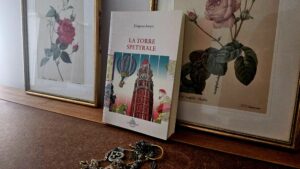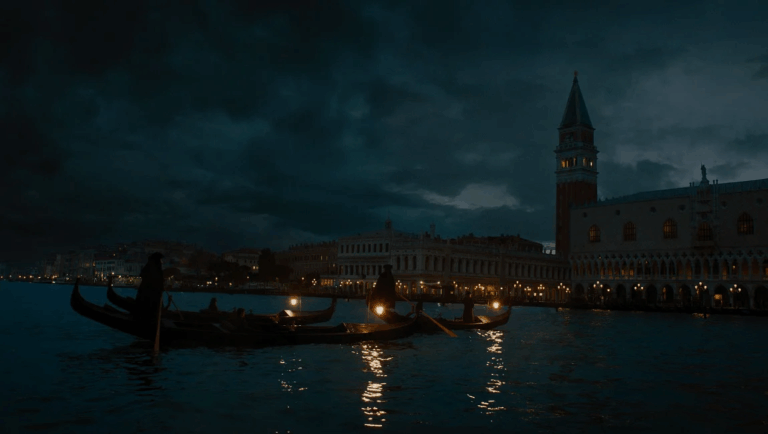The artist of this painting was born at Alexandria, Egypt, from English parents but he spent most of his childhood in American after his father died and his mother moved closer to her family. He was adopted by his aunt after his mother died too, in a freak domestic accident. He came back to Europe in 1879, specifically to Paris, where he entered the atelier of Leon Bonnat and gained notoriety with his painting Aladdin. I’m not sure whether the painting survived, because I couldn’t find it.
He’s considered one of the Orientalists, and his “extended” cycle of the muses in the Yale University Art Gallery is absolutely stunning.
Lo and behold, the Muse of Electricity.
The work for today’s #ChthonicThursday is “The Marriage of Persephone”, and it’s a highly underrated piece.
The Marriage of Persephone
Persephone is still in her “Koré” attire, blonde and fair, and she’s accompanied by Hermes who’s looking at her hand as if he’s looking for a wedding ring. The other hand is held by a crimson-clothed Demeter, who’s holding her back and peeking above her shoulder, maybe looking for the groom (to murder him). The bride is unbothered by both.
With his other hand, Hermes pushes Eros back, and the winged cupid keeps pouring flowers on the bride.
A muse plays the lyre at their back, and the only muse Mowbtay represented with a lyre is Érato, the muse of lyric and erotic poetry (below).
We can only assume the three winged figures at the back of the retinue are the three sirens Leucosia, Parthenope and Ligeia, whom were playing with Persephone at the time she was abducted (and, according to Ovid, her mother didn’t take it well).
Mowbray had explored a different take on the subject two years earlier, in 1893, with his study Ceres and Proserpine Reunited.











No Comments